Home>Garden Essentials>Garden Storage>How To Build A Backyard Pool
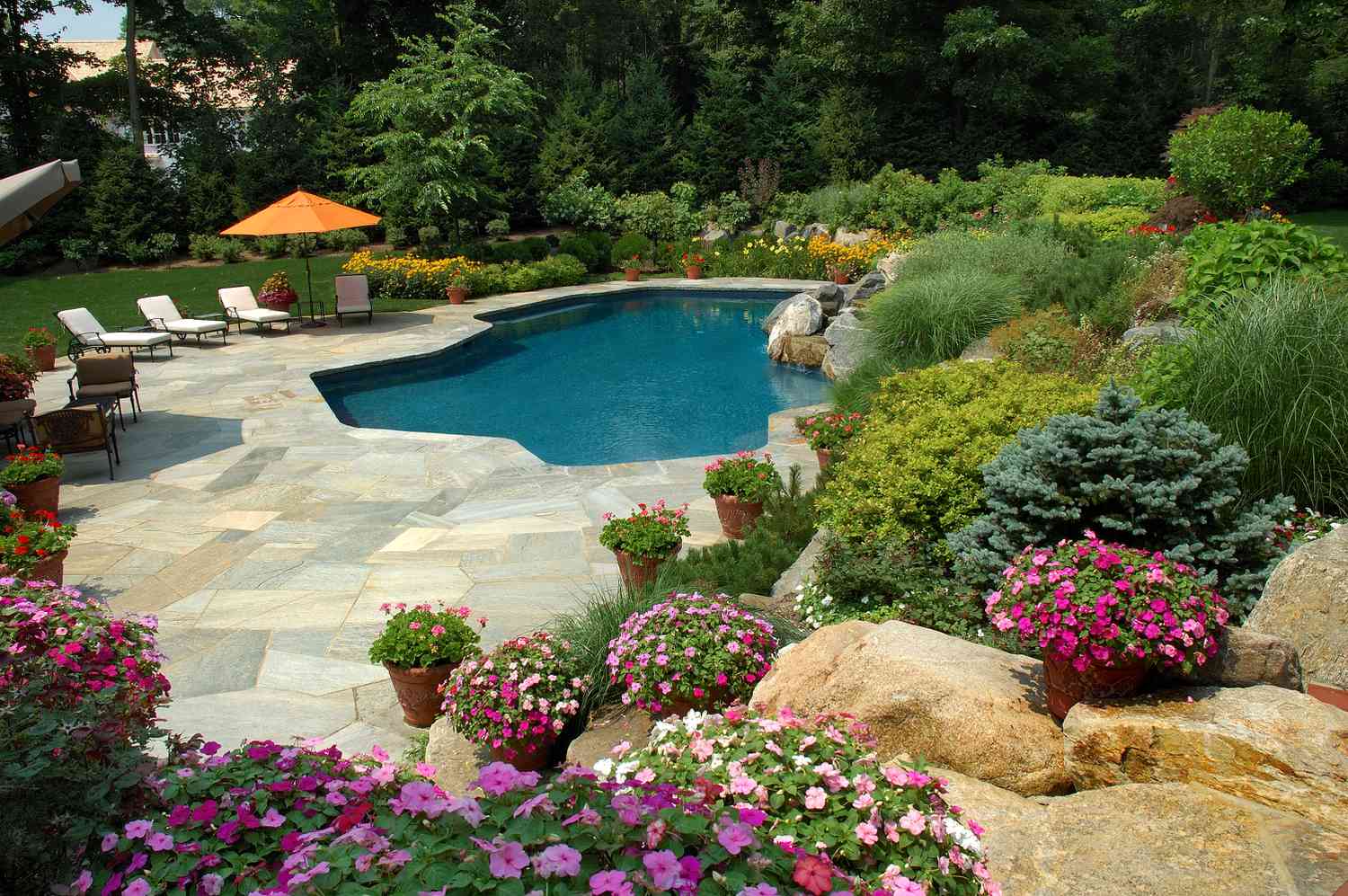

Garden Storage
How To Build A Backyard Pool
Modified: February 28, 2024
Discover the ultimate storage solutions for your backyard-turned-paradise with our pool tour. From stylish deck boxes to clever storage hacks, maximize space and keep your outdoor oasis organized.
(Many of the links in this article redirect to a specific reviewed product. Your purchase of these products through affiliate links helps to generate commission for Storables.com, at no extra cost. Learn more)
Introduction
Welcome to the ultimate backyard oasis – a place where you can escape the hustle and bustle of everyday life and immerse yourself in tranquility. Picture yourself lounging by a sparkling pool, surrounded by lush greenery and the soothing sound of water gently lapping against the poolside. Creating your own paradise in the comfort of your own backyard is not only a dream but a reality that can be achieved with careful planning and design.
A backyard pool is more than just a place to cool off on hot summer days. It is a statement of style, a gathering place for family and friends, and a source of endless relaxation and entertainment. Whether you envision a sleek and modern lap pool or a sprawling oasis complete with waterfalls and a sunken bar, designing the perfect pool requires careful consideration and attention to detail.
In this article, we will explore the various elements involved in transforming your backyard into a paradise with a pool that reflects your personal style and meets your needs. From the initial design phase to choosing the right features, incorporating landscaping elements, and implementing energy-efficient systems, we’ll cover everything you need to create the pool of your dreams.
So, dive in and join us on a pool tour as we explore the exciting world of backyard pools and the possibilities that await you in your own backyard. Let’s take a closer look at the key factors to consider when designing your dream pool.
Key Takeaways:
- Designing the perfect backyard pool involves careful consideration of size, shape, and placement in relation to the sun and shade. Incorporating landscaping elements and energy-efficient systems enhances the overall pool experience.
- Prioritizing safety measures, regular maintenance, and selecting comfortable furniture and accessories are essential for creating a secure, inviting, and enjoyable poolside oasis. Remember, it’s not just about the physical aspects, but the experiences and memories made.
Read more: How To Build A Backyard Patio
Designing the Perfect Backyard Pool
When designing your dream backyard pool, one of the first things to consider is the overall design and layout. Think about how you want your pool to enhance the aesthetics of your outdoor space and complement the architecture of your home. Are you drawn to a modern, minimalist design or a more natural and organic look?
Next, consider the size and shape of your pool. The size will depend on the available space in your backyard and how you plan to use your pool. If you have a large family or frequently entertain guests, you may want a larger pool that can accommodate multiple swimmers at once. On the other hand, if you have a smaller backyard or prefer a more intimate setting, a smaller pool may be more suitable.
The shape of your pool can also contribute to the overall design aesthetic. Rectangular pools offer a sleek and modern look, while freeform or kidney-shaped pools can create a more natural and organic feel. Consider the landscape of your backyard and how the shape of the pool will integrate with existing features.
Another important aspect of pool design is the depth. Determine how deep you want your pool to be, keeping in mind both safety considerations and your own preferences. A combination of shallow and deep areas can provide versatility and accommodate different activities, such as lounging, swimming, and playing games.
Additionally, think about the placement of your pool in relation to the sun and shade. Consider how the sun moves throughout the day and how it will affect the temperature and enjoyment of the pool. Incorporating a shaded area, such as a pergola or umbrellas, can provide relief from the sun during the hottest hours.
Lastly, don’t forget about the practical aspects of pool design, such as access and circulation. Plan for easy access to your pool from the house and ensure that there is sufficient space for pathways, seating areas, and any additional features you may want to include, such as a poolside bar or outdoor kitchen.
By carefully considering these design elements, you can create a backyard pool that is not only visually stunning but also functional and perfectly tailored to your preferences. The next step is to choose the right features to enhance the overall experience of your pool.
Choosing the Right Pool Features
When it comes to pool features, the options are virtually endless. From water features to lighting and heating systems, there are numerous features that can enhance the visual appeal and functionality of your backyard pool.
One popular feature to consider is a water feature, such as a waterfall or fountain. Not only do water features add a touch of elegance and serenity to your pool, but they also provide the relaxing sound of flowing water, creating a peaceful ambiance. Whether it’s a cascading waterfall or a simple wall fountain, incorporating a water feature can transform your pool into a luxurious oasis.
Another feature that is both aesthetically pleasing and practical is underwater lighting. Installing underwater LED lights can dramatically enhance the atmosphere of your pool, especially at night. Choose lights that can change colors to set the mood and create a captivating visual experience. LED lights are energy-efficient and provide long-lasting illumination, making them a great choice for pool lighting.
If you want to extend the use of your pool beyond the summer months, consider investing in a pool heating system. Whether it’s a solar-powered heating system, a heat pump, or a gas heater, having a heated pool allows you to enjoy swimming even when the temperatures start to drop. This feature ensures that your pool is comfortable and enjoyable year-round.
For those seeking a more luxurious experience, a spa or hot tub feature is a fantastic addition. Imagine soaking in warm, bubbling water while enjoying the company of friends and family. A spa or hot tub can provide the ultimate relaxation and create a focal point in your pool area.
If you enjoy a good workout, consider adding a swim jet system or counter-current swimming system to your pool. These systems create a current of flowing water that allows you to swim in place, providing an excellent cardiovascular workout. With adjustable speed settings, you can customize the intensity of your swim to suit your fitness level.
Lastly, don’t forget about pool safety features. Install a pool cover to keep your pool clean and secure when not in use. Additionally, installing a safety fence or alarm system around the pool area is essential, especially if you have young children or pets. Safety should always be a top priority when designing and enjoying your backyard pool.
By carefully selecting the right pool features, you can create a pool that not only looks stunning but also enhances your overall swimming experience. The next step is to incorporate landscaping elements to further enhance the beauty and ambiance of your backyard oasis.
Incorporating Landscaping Elements
When it comes to creating a truly breathtaking backyard pool, landscaping plays a vital role. Thoughtful and well-designed landscaping can transform your pool area into a stunning oasis that seamlessly blends with the natural surroundings.
One of the key elements in pool landscaping is choosing the right plants. Select plants that are well-suited for your climate and require minimal maintenance. Opt for a mix of evergreen plants, flowering shrubs, and ornamental grasses to add texture and variety to your pool area. Be mindful of plants that shed leaves or flowers excessively, as this can create extra maintenance in keeping the pool clean.
Incorporate trees strategically to provide shade and privacy around your pool. Tall, lush trees can create a natural canopy and shield the pool area from direct sunlight, making it more comfortable for swimmers. Consider options such as palm trees, bamboo, or evergreen trees that retain their foliage year-round.
Another important aspect of pool landscaping is creating a natural connection between the pool and the surrounding area. Use pathways or stepping stones to guide visitors through the landscape and create a sense of flow. Use natural materials, such as stone or stamped concrete, for a cohesive look that complements the pool and the outdoor space.
Integrate hardscaping elements like retaining walls or decorative rocks to add visual interest and define different areas. These elements can also serve a practical purpose, preventing soil erosion and providing seating or lounging spaces around the pool.
A well-designed pool area includes a variety of seating options. From lounge chairs and sunbeds to hammocks and built-in benches, provide ample seating for relaxation and socializing. Consider incorporating shaded areas with pergolas, umbrellas, or retractable awnings for those who prefer to enjoy the poolside without direct sun exposure.
Lighting is another crucial element in pool landscaping. Use a combination of ambient and accent lighting to create a captivating atmosphere in the evenings. Illuminate pathways, trees, and water features to highlight their beauty and create a magical ambiance. LED or solar-powered lights are energy-efficient options that provide long-lasting illumination.
Last but not least, add personal touches to make the space uniquely yours. Decorative accents such as outdoor artwork, decorative pots, or colorful cushions can add personality and style to your pool area. Consider incorporating a small outdoor kitchen or bar area to complete the entertainment experience.
By carefully selecting and integrating landscaping elements, you can create a pool area that feels like a lush retreat, inviting you to relax and unwind. However, it’s important to ensure your pool is energy-efficient to minimize its environmental impact.
Energy-Efficient Pool Systems
As environmental consciousness continues to grow, more homeowners are seeking energy-efficient solutions for their backyard pools. Not only do energy-efficient pool systems help reduce your carbon footprint, but they also offer long-term cost savings. Let’s explore some of the key energy-efficient features to consider for your pool.
One of the primary factors contributing to energy consumption in pools is the pump and filtration system. Traditional single-speed pumps run at a constant high speed, consuming substantial amounts of energy. However, investing in a variable-speed pump can significantly reduce energy usage. Variable-speed pumps allow you to adjust the speed based on the pool’s needs, using only the necessary energy to maintain proper filtration and circulation.
In addition to a variable-speed pump, consider installing a high-efficiency filtration system. Advanced filtration technologies, such as cartridge filters or diatomaceous earth (DE) filters, can help remove impurities more efficiently, reducing the need for frequent backwashing and conserving water.
Heating your pool can contribute significantly to energy consumption. Opting for solar pool heating is a sustainable and cost-effective option. Solar panels collect and store energy from the sun to heat the pool water. With proper insulation and a well-designed solar heating system, you can enjoy a comfortably warm pool without relying heavily on traditional heating methods.
To further enhance energy efficiency, consider investing in a pool cover. A pool cover acts as a barrier, reducing heat loss and evaporation. By covering your pool when not in use, you can minimize heat loss significantly and extend the swimming season. Additionally, a pool cover can prevent debris from entering the pool, reducing the need for cleaning and chemical usage.
Another energy-saving feature to consider is LED lighting. LED lights use significantly less energy than traditional incandescent bulbs and have a much longer lifespan. LED lights also offer the flexibility to create various color effects, allowing you to set the mood and ambiance of your pool area while saving energy.
Smart automation systems can also contribute to energy efficiency. With a programmable pool controller, you can easily schedule and control various pool functions, such as pump operation, filtration cycles, heating, and lighting. By optimizing the timing and duration of these functions, you can further reduce energy consumption and ensure they are only running when necessary.
Lastly, don’t forget to regularly maintain your pool equipment to ensure optimal efficiency. Clean and replace filters as needed, remove debris from skimmer baskets, and regularly inspect the system for any leaks or malfunctions. Proper maintenance not only prolongs the lifespan of your equipment but also ensures its efficiency and effectiveness.
By incorporating energy-efficient pool systems, you can enjoy a refreshing and inviting pool while minimizing your environmental impact and saving on energy costs. However, it’s essential to prioritize safety when it comes to your pool environment.
To keep your backyard pool paradise in top condition, regularly clean the pool, maintain proper chemical levels, and inspect equipment for any signs of wear or damage. Regular maintenance will ensure a safe and enjoyable swimming experience.
Read more: How To Build A Fire Pit In The Backyard
Safety Measures to Consider
When it comes to enjoying your backyard pool, safety should always be a top priority. Implementing proper safety measures ensures that everyone, especially children and pets, can enjoy the pool responsibly. Here are some essential safety considerations to keep in mind:
1. Install a pool fence: A sturdy and well-secured pool fence is a crucial safety feature. It should surround the pool area entirely, with a self-latching gate that opens outward. The fence should be at least four feet high, with no gaps or handholds that can be easily climbed. This barrier helps prevent unauthorized access to the pool and adds an extra layer of protection.
2. Consider pool alarms: Pool alarms are an additional safety measure that can alert you when someone enters the pool area. There are different types of pool alarms available, such as gate alarms, surface wave alarms, and underwater motion alarms. Choose the one that suits your needs and provides early detection of any potential risks.
3. Have proper pool signage: Clearly display safety rules and emergency contact information near the pool area. This reminds everyone of important guidelines and provides essential information in case of an emergency. Consider using waterproof and fade-resistant signage for durability.
4. Learn CPR and basic water safety: Acquiring CPR (Cardiopulmonary Resuscitation) and basic water safety skills is invaluable. In case of an emergency, knowing how to respond quickly and appropriately can save lives. Consider taking a certified CPR and water safety course to ensure you are adequately prepared.
5. Use pool covers: A pool cover not only helps retain heat and reduce evaporation but also provides an additional layer of safety. When the pool is not in use, cover it completely to prevent accidental falls or unauthorized access. Ensure the cover is securely fastened and can support the weight of a child or pet if they were to walk on it unintentionally.
6. Keep rescue equipment nearby: Store basic rescue equipment, such as a lifebuoy, pole, and reaching device, within easy reach of the pool. In case of an emergency, these items can be used to assist someone in distress without putting yourself at risk.
7. Supervise children at all times: Never leave children unattended in or near the pool, even if they are proficient swimmers. Assign a designated adult who knows how to swim and is responsible for watching the pool continuously. It’s important to remain vigilant and undistracted when children are around the pool area.
8. Learn about local regulations: Familiarize yourself with local pool safety regulations and requirements in your area. This ensures compliance with the law and provides guidelines for additional safety measures you may need to implement.
By implementing these safety measures, you can create a secure environment for everyone to enjoy your backyard pool. But let’s not forget about the importance of poolside comfort and relaxation.
Furniture and Accessories for Poolside Relaxation
No backyard pool is complete without comfortable and stylish furniture and accessories that enhance the relaxation and enjoyment of your outdoor space. Consider the following elements when choosing furniture and accessories for your poolside area:
1. Lounge chairs and sunbeds: Opt for lounge chairs or sunbeds that are designed for outdoor use and can withstand exposure to sunlight and water. Look for adjustable backrests and cushioned seating for maximum comfort. Consider materials such as teak, aluminum, or weather-resistant wicker for durability.
2. Hammocks and hanging chairs: For a more laid-back and casual vibe, consider adding a hammock or hanging chair to your poolside oasis. These relaxing seating options provide the perfect spot to unwind, read a book, or take an afternoon nap under the shade of a nearby tree.
3. Outdoor dining sets: If you enjoy hosting poolside parties or al fresco meals, invest in a sturdy and stylish outdoor dining set. Look for a table and chairs made from weather-resistant materials that can accommodate the number of guests you typically entertain. Consider options with umbrella holes for added shade during sunny days.
4. Shade options: Create shaded areas near the pool to offer respite from the sun’s rays. Install a pergola, umbrella, or retractable awning to provide shelter and relief from the heat. This allows you and your guests to relax comfortably without worrying about excessive sun exposure.
5. Outdoor rugs: Add a touch of coziness and style with an outdoor rug. Look for rugs made from durable and fade-resistant materials that can withstand exposure to water and sunlight. Outdoor rugs not only define the seating area but also add visual interest and a sense of warmth to your poolside space.
6. Side tables and storage: Keep drinks, snacks, and other essentials within reach with the help of side tables. Look for tables made from weather-resistant materials such as teak or resin. Additionally, consider adding storage options, such as storage benches or bins, to keep pool accessories, towels, and pool toys organized and easily accessible.
7. Outdoor lighting: Create a magical ambiance around your pool area with outdoor lighting. Install string lights, lanterns, or pathway lights to illuminate the space during evening gatherings. Solar-powered lights are an energy-efficient option that requires no wiring and charges during the day to provide gentle illumination at night.
8. Poolside accessories: Enhance your poolside experience with accessories that add both style and functionality. Consider adding a poolside bar cart or a small refrigerator to keep drinks and snacks cool. Pool floats, inflatable loungers, and water games can provide entertainment and fun for both children and adults.
Remember, when selecting furniture and accessories for your poolside area, choose materials that are designed for outdoor use and can withstand exposure to the elements. Opt for options that are easy to clean and maintain, ensuring that your poolside oasis remains inviting and comfortable for years to come.
Now that you have all the essentials for relaxation, let’s dive into some essential maintenance tips to ensure your pool stays clean and sparkling.
Maintenance Tips for a Sparkling Pool
Keeping your pool clean and well-maintained is essential to ensure a safe and enjoyable swimming experience. Here are some crucial maintenance tips to help you maintain a sparkling pool:
1. Regularly test and balance the water: Test the water chemistry of your pool regularly using a water testing kit. Maintain the proper balance of pH, alkalinity, and sanitizer levels to prevent the growth of algae and bacteria. Adjust the chemicals as needed to keep the water clean and clear.
2. Skim and clean the pool regularly: Remove leaves, debris, and insects from the surface of the pool using a skimmer net. Skimming the pool daily will help prevent debris from sinking to the bottom and clogging the filters. Additionally, vacuum and brush the walls and floor of the pool weekly to remove any dirt or algae buildup.
3. Check and clean the filters: The filters play a crucial role in keeping your pool water clean. Depending on the type of filter (cartridge, sand, or diatomaceous earth), clean or replace the filters as recommended by the manufacturer. Clogged or dirty filters can obstruct water flow and reduce the effectiveness of the filtration system.
4. Monitor and maintain water levels: Keep an eye on the water level of your pool and ensure it stays within the recommended range. During hot weather or heavy pool usage, water can evaporate quickly. If the water level is low, use a garden hose to fill it back to the appropriate level. Avoid overfilling, as this can cause water to spill out during use.
5. Shock the pool regularly: Shocking the pool entails adding a high dose of chlorine or other sanitizing agents to kill bacteria, algae, and other contaminants. Shocking the pool should be done weekly or as needed, especially after heavy rain, intense pool usage, or when the water appears cloudy or dull.
6. Maintain proper circulation: Ensure that the pool pump and filtration system are running for an adequate amount of time each day to circulate the water effectively. Proper circulation helps in distributing chemicals, filtering out impurities, and preventing stagnant water. Monitor the pump performance and check for any signs of malfunction or reduced flow.
7. Protect the pool from extreme weather: During periods of extreme weather, such as storms or freezing temperatures, take necessary precautions to protect your pool. Securely cover the pool with a pool cover to prevent debris from entering and to conserve energy. In freezing conditions, use a freeze guard system to prevent the water from freezing and causing damage to the pool equipment.
8. Regular professional inspections: Additionally, consider scheduling regular professional inspections and maintenance visits for your pool. Professionals can assess the overall condition of the pool, check for leaks or equipment issues, and provide recommendations for optimal maintenance and any necessary repairs.
By following these maintenance tips, you can keep your pool water clean, clear, and sparkling throughout the swimming season. Regular maintenance not only ensures a healthy and inviting pool but also extends the lifespan of the pool equipment.
Now that we’ve covered the necessary maintenance tips, let’s conclude our pool tour and reflect on the key aspects of creating your dream backyard pool.
Conclusion
Creating a backyard pool that transforms your outdoor space into a personal paradise is an exciting and rewarding endeavor. By carefully considering the design, choosing the right pool features, incorporating landscaping elements, implementing energy-efficient systems, and prioritizing safety, you can build a pool that not only enhances the beauty of your backyard but also provides a haven for relaxation and enjoyment.
Designing the perfect backyard pool involves envisioning the overall look and layout that complements your style and the architecture of your home. Consider the size, shape, and depth of the pool, as well as the placement in relation to the sun and shade. Creating an inviting and comfortable pool area involves selecting the right furniture and accessories, such as lounge chairs, outdoor dining sets, and shade options, to create a welcoming space for relaxation and socializing.
Incorporating landscaping elements adds a touch of natural beauty to your pool area. Choose plants, trees, and hardscape materials that integrate seamlessly with the surroundings, creating a cohesive and serene environment. Additionally, prioritize energy efficiency by selecting features such as variable-speed pumps, high-efficiency filtration systems, solar heating, and LED lighting. These choices not only reduce your environmental impact but also contribute to long-term cost savings.
When it comes to pool safety, installing a pool fence, using pool alarms, and having proper signage are essential measures. Learning CPR and water safety skills is invaluable, and maintaining vigilance and supervision around the pool area, especially with children, is crucial for everyone’s well-being. Lastly, regular maintenance tasks, including testing and balancing the water, cleaning the pool and filters, and monitoring water levels, ensure that your pool stays clean, clear, and inviting for years to come.
As you embark on this journey to create your dream backyard pool, remember that it is not only about the physical aspects but also about the experiences and memories that will be made. Your backyard pool will be a place of relaxation, gathering, and joy for family and friends. So, take the time to design and maintain it with care, and immerse yourself in the beauty and tranquility of your own private oasis.
Now, it’s time to dive in and turn your backyard into the poolside paradise you’ve always dreamed of.
Frequently Asked Questions about How To Build A Backyard Pool
Was this page helpful?
At Storables.com, we guarantee accurate and reliable information. Our content, validated by Expert Board Contributors, is crafted following stringent Editorial Policies. We're committed to providing you with well-researched, expert-backed insights for all your informational needs.
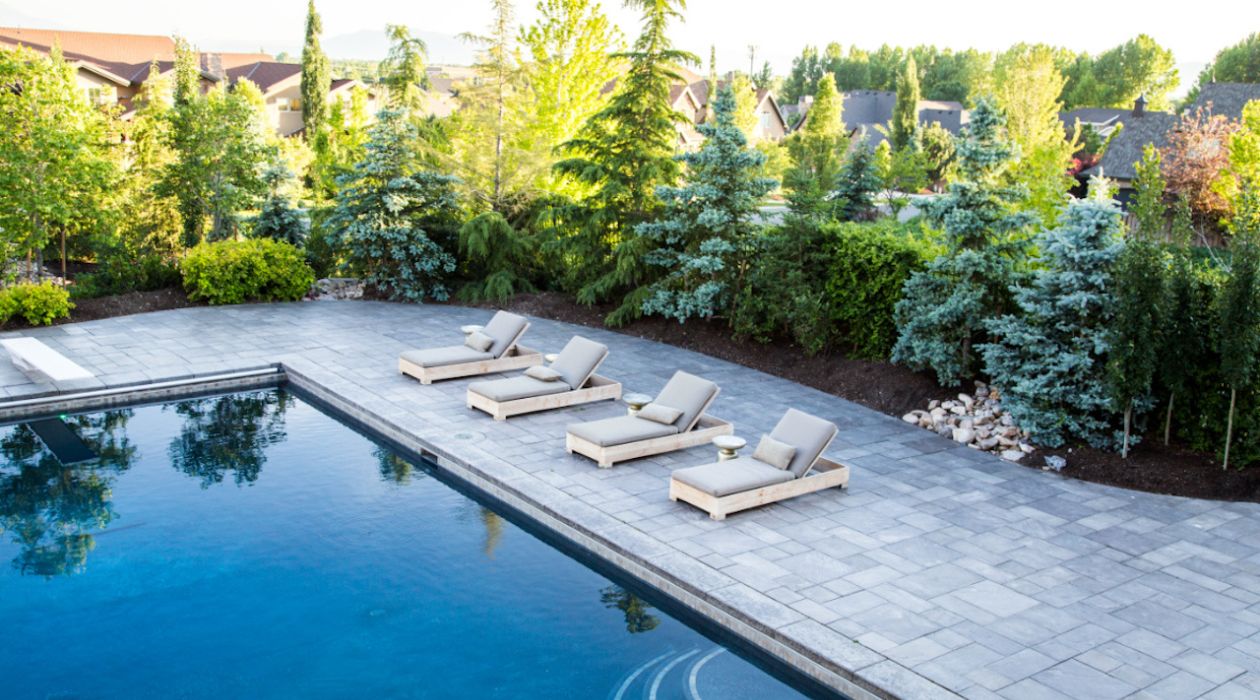
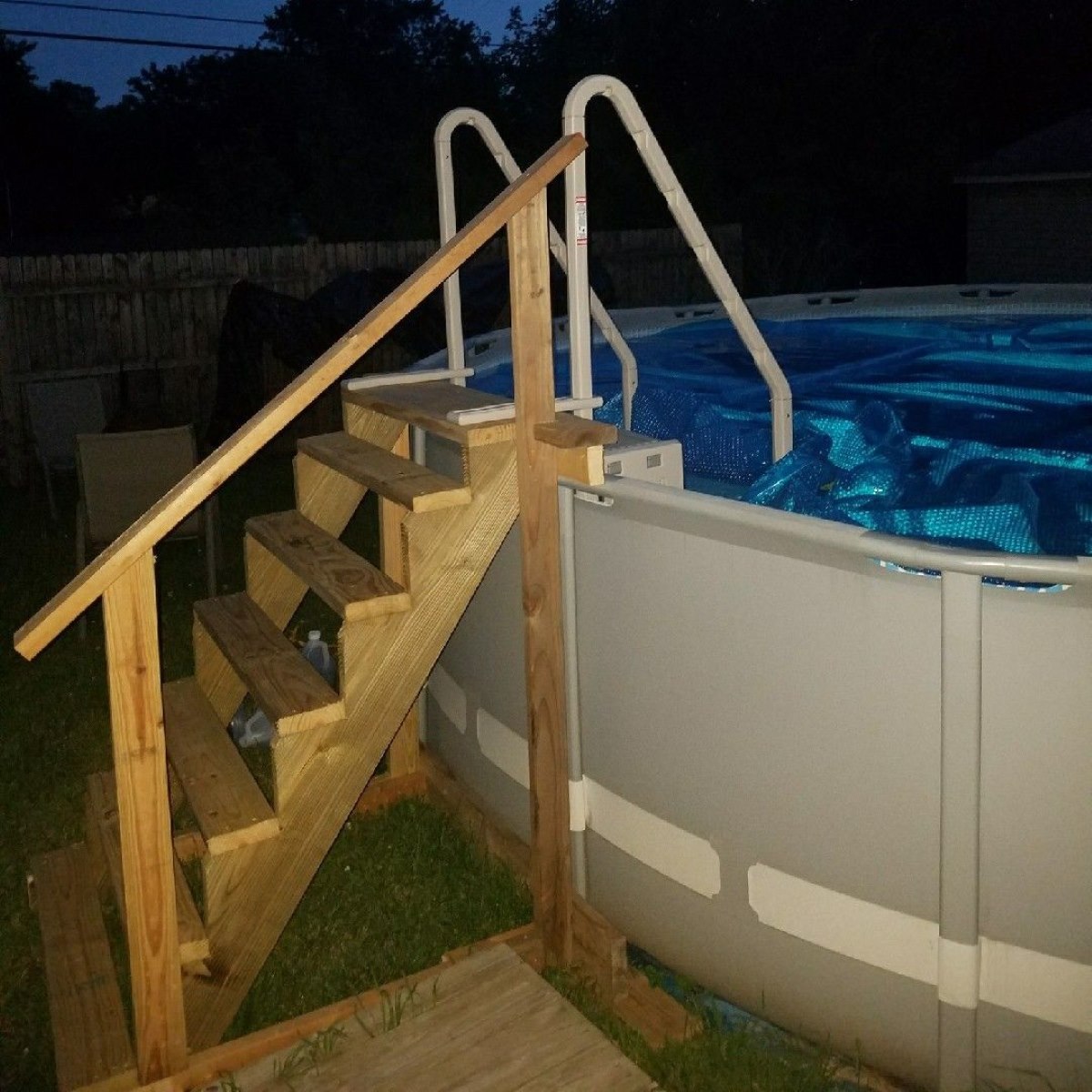
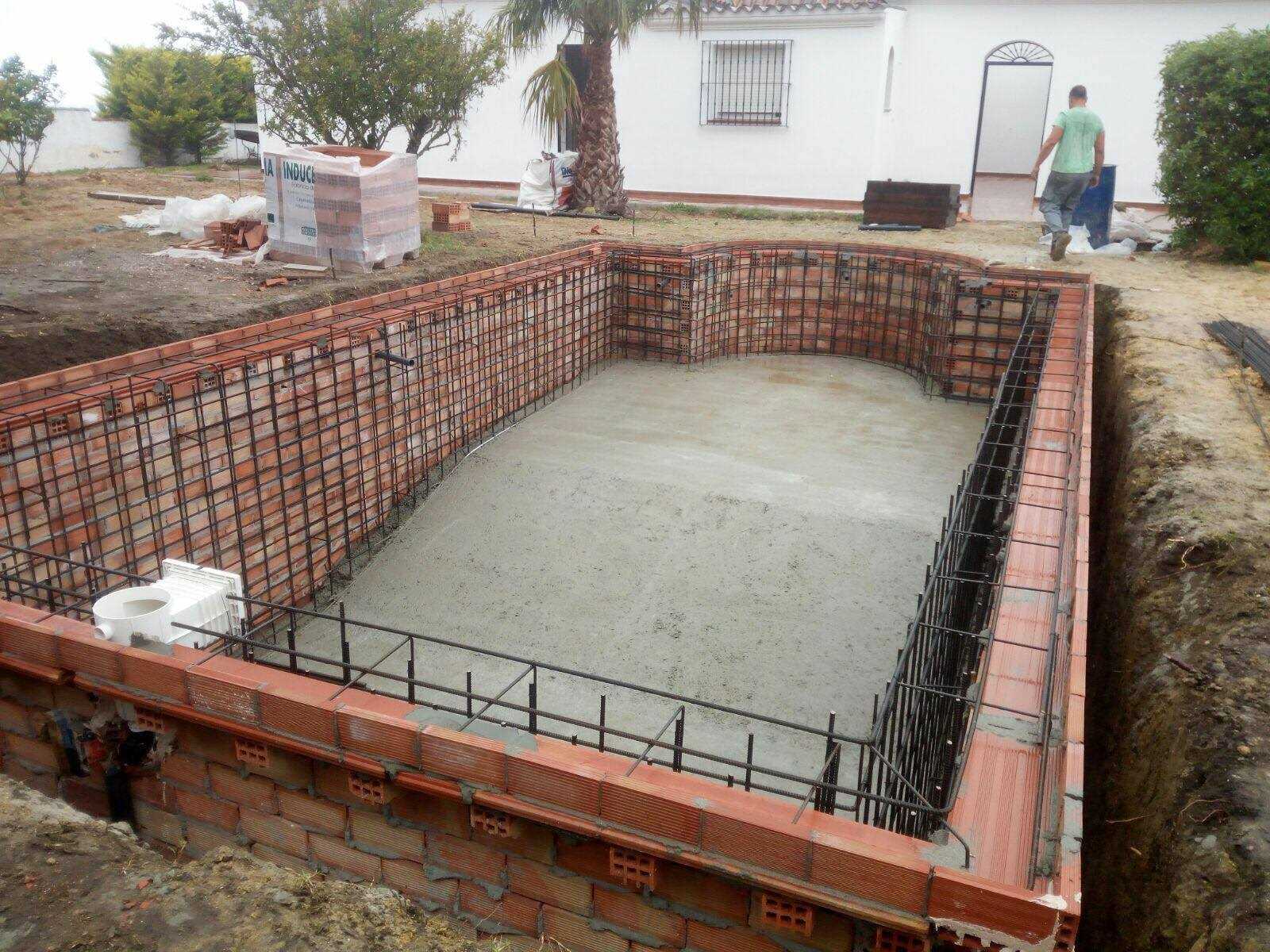
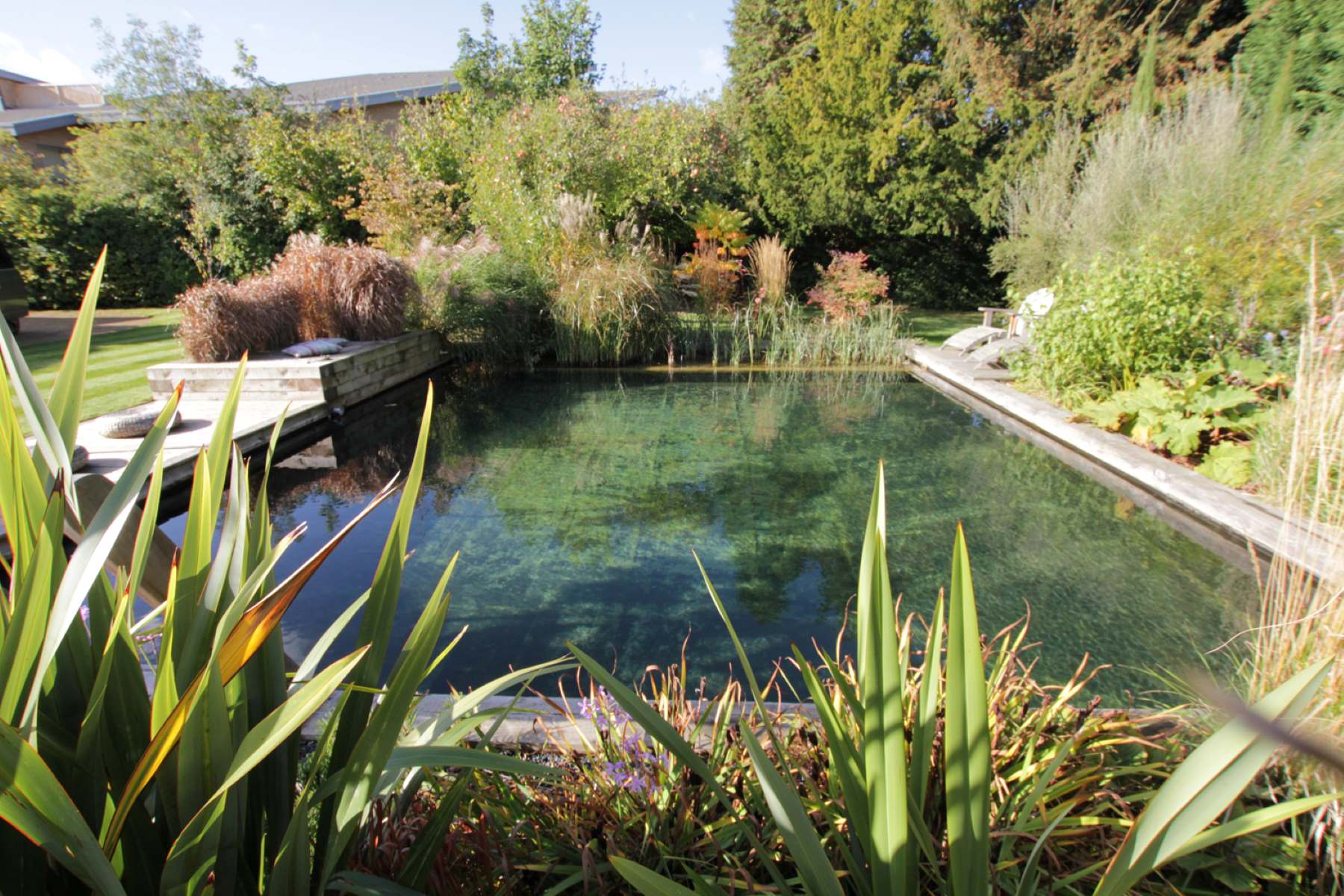
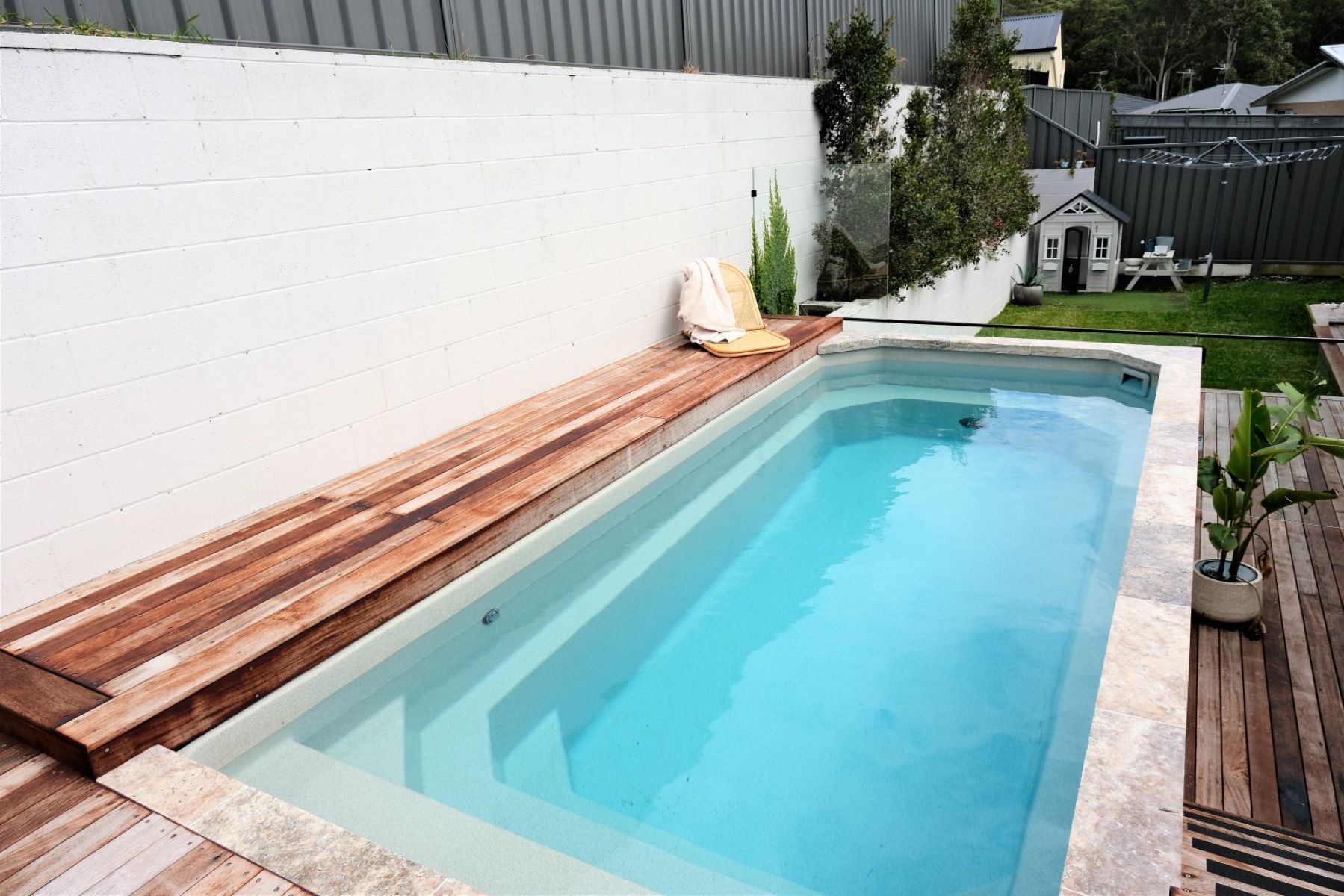
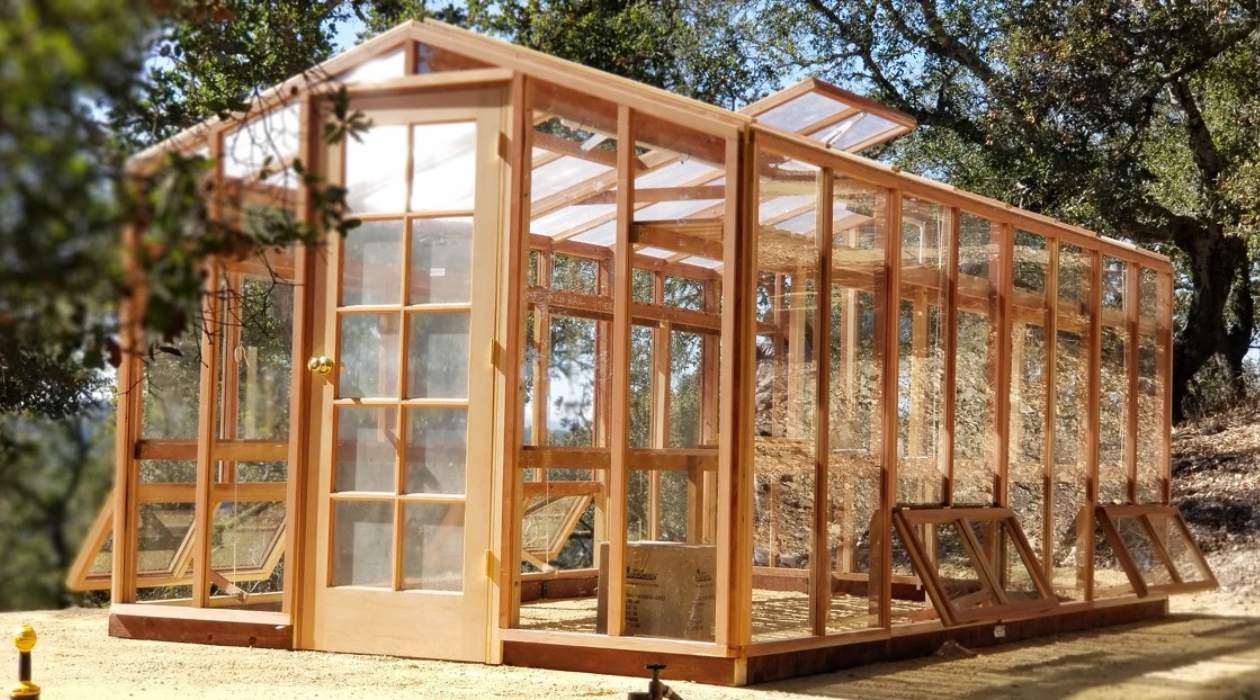
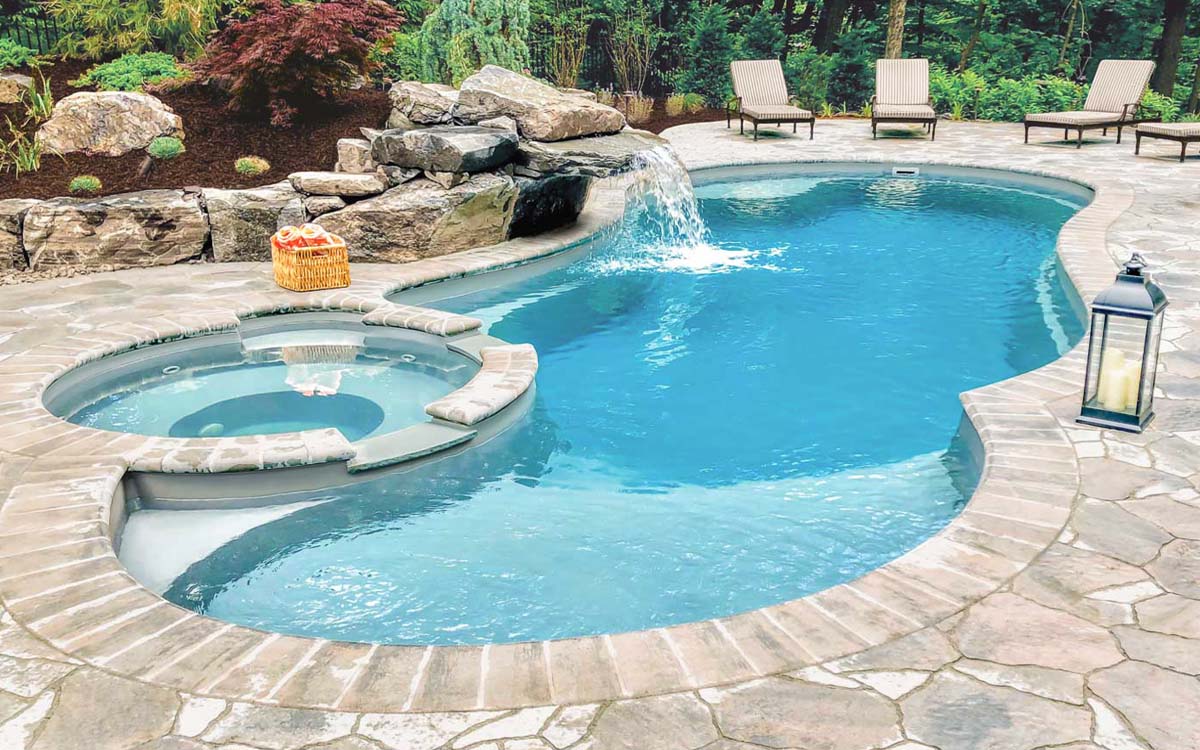
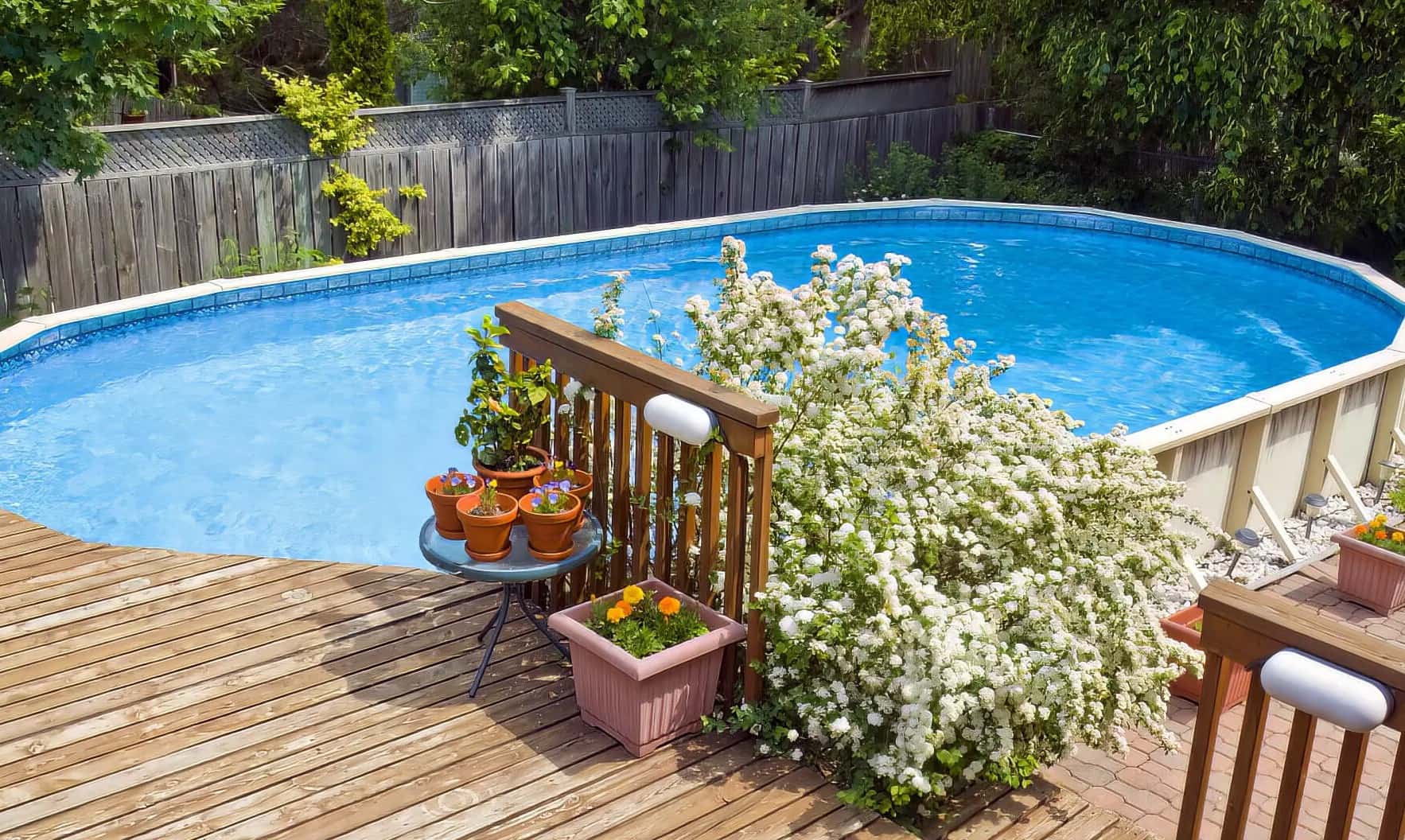
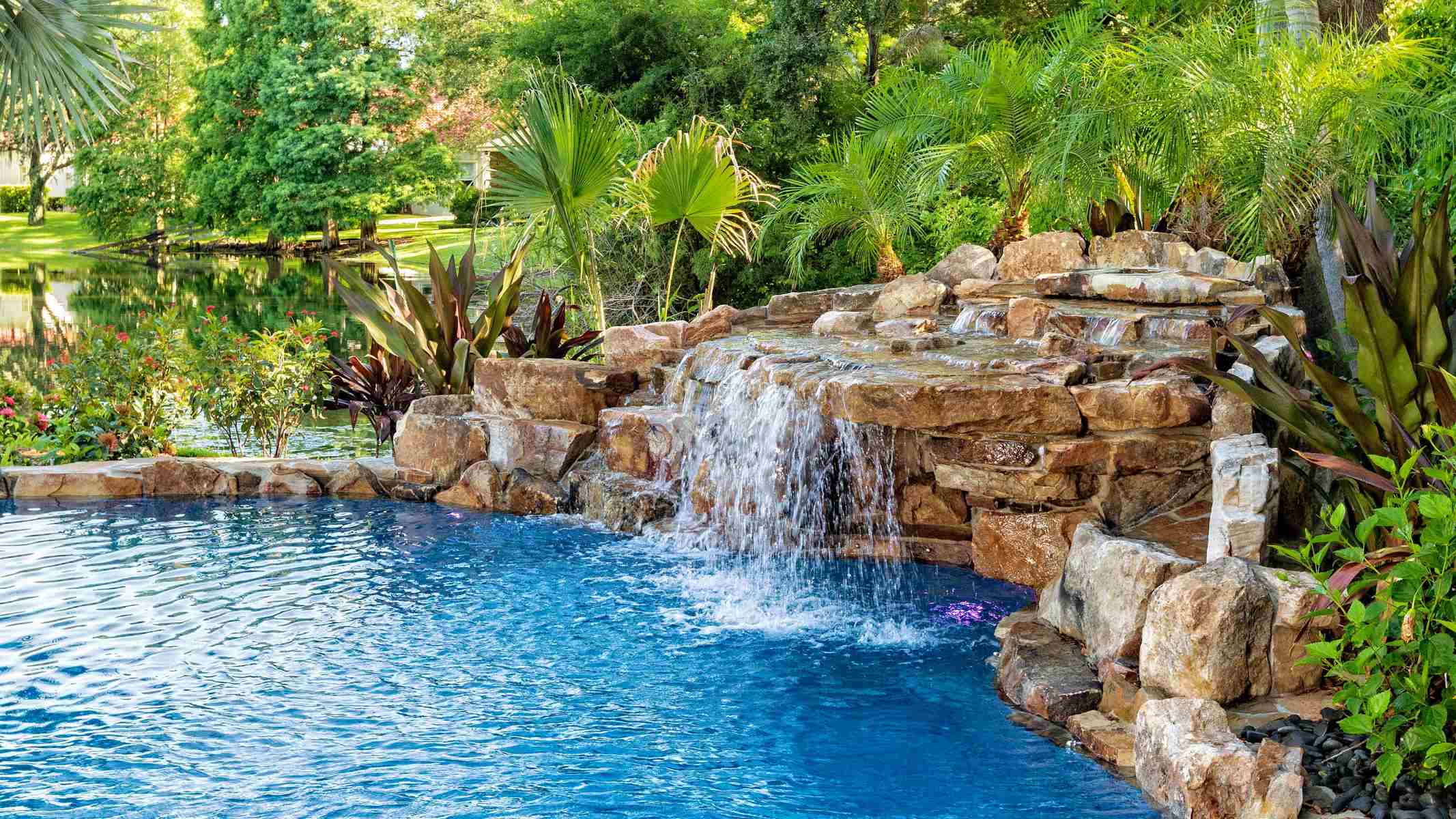
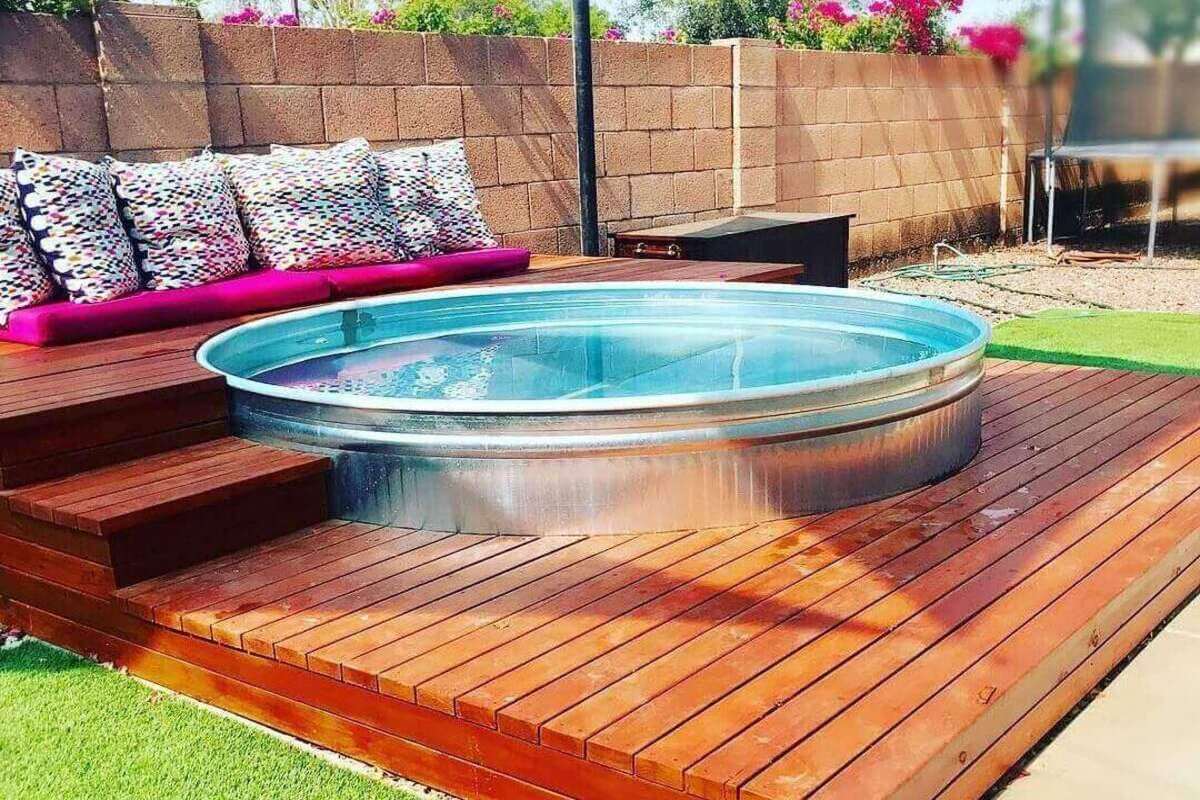
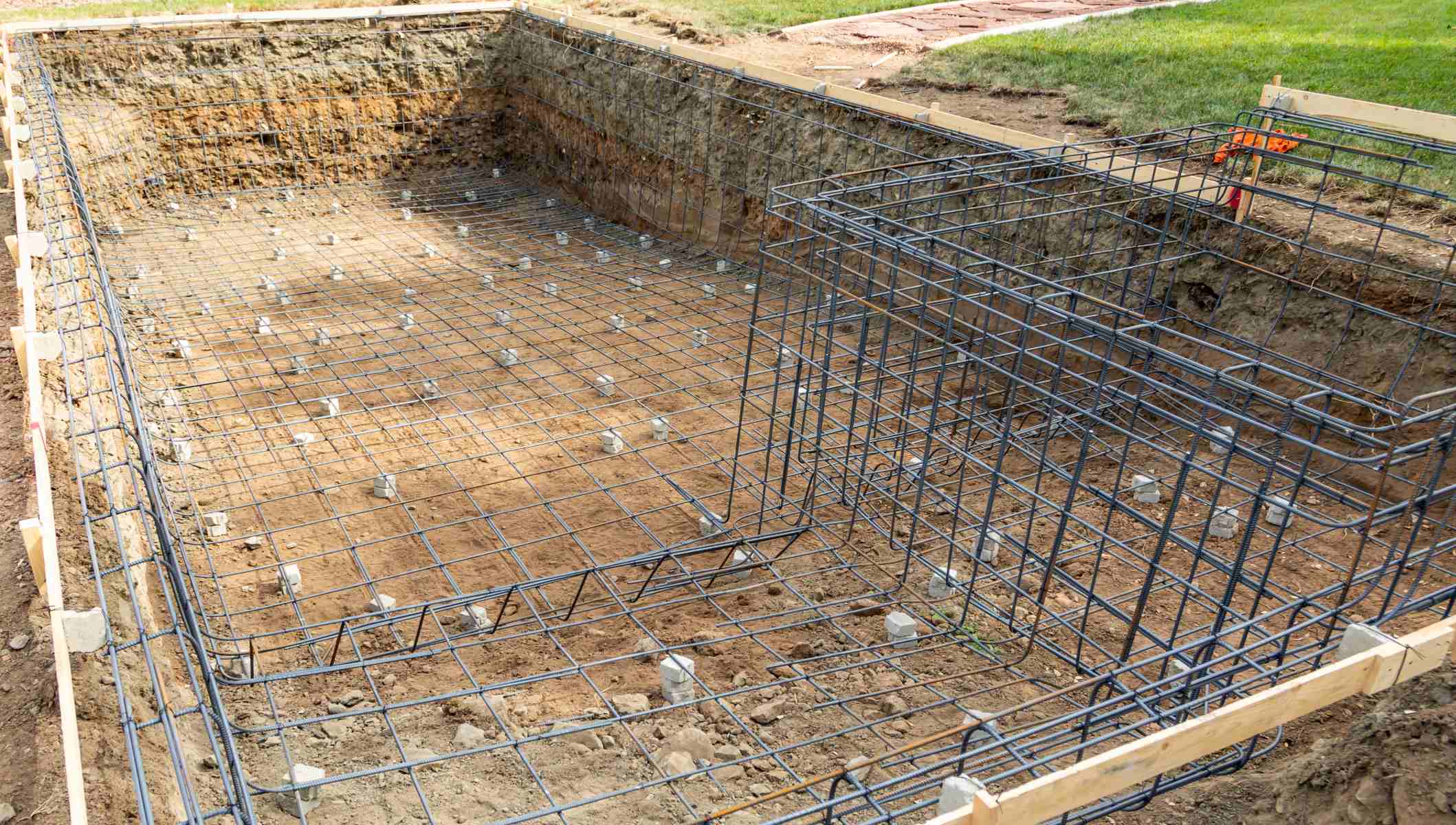
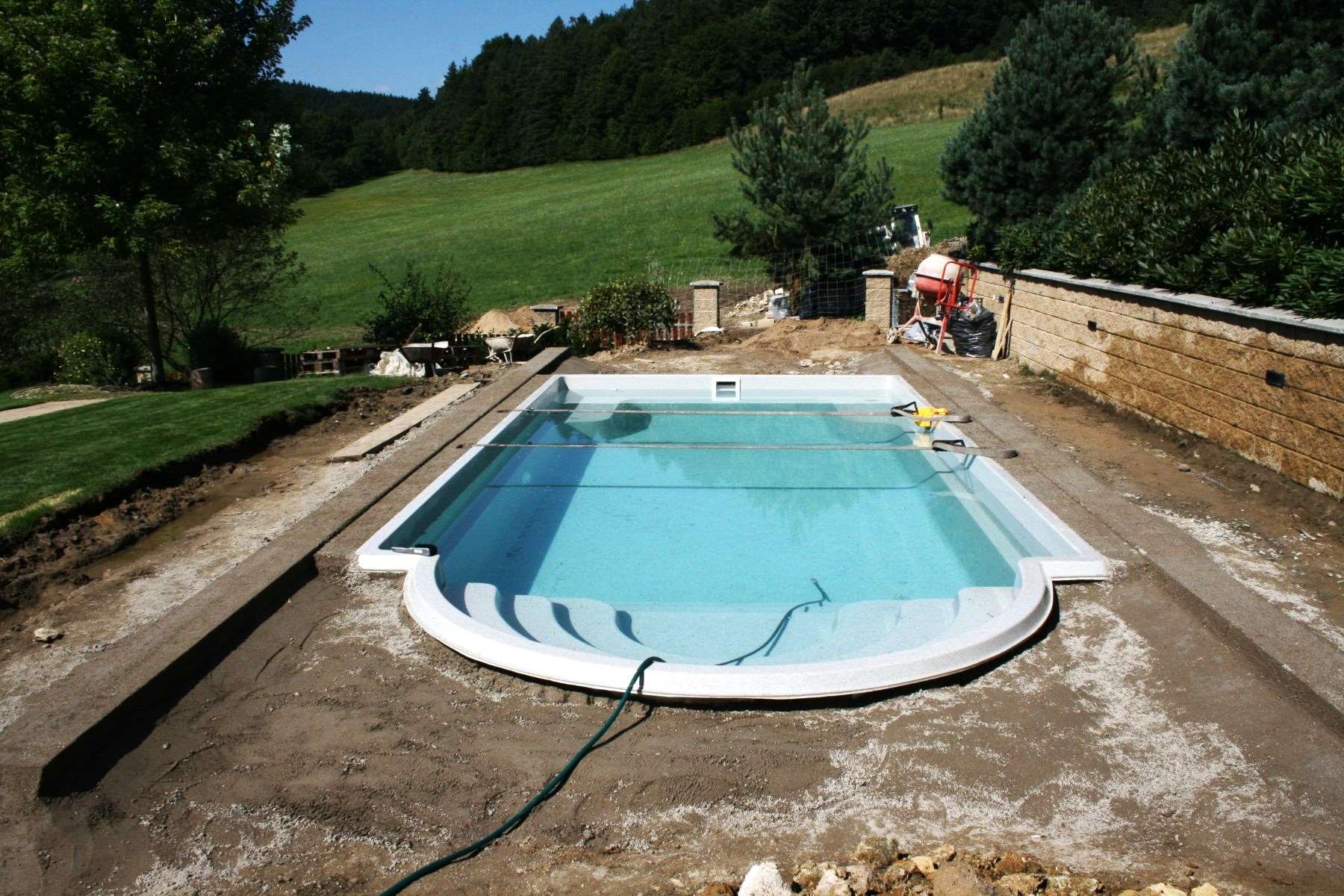
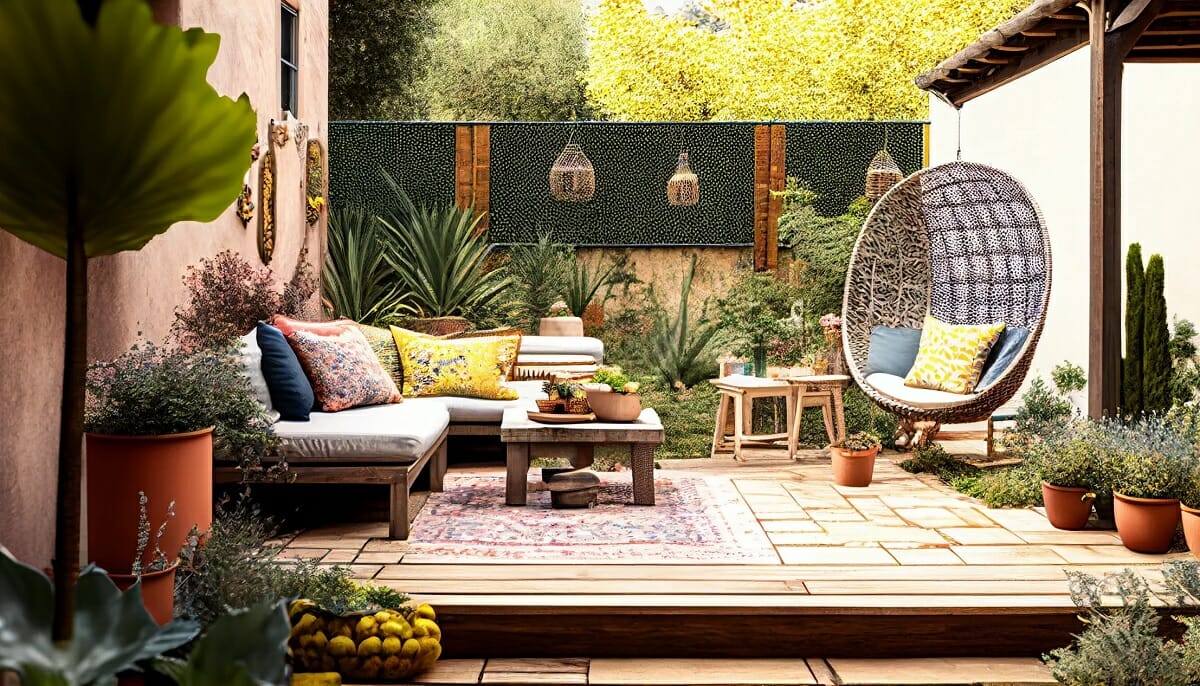
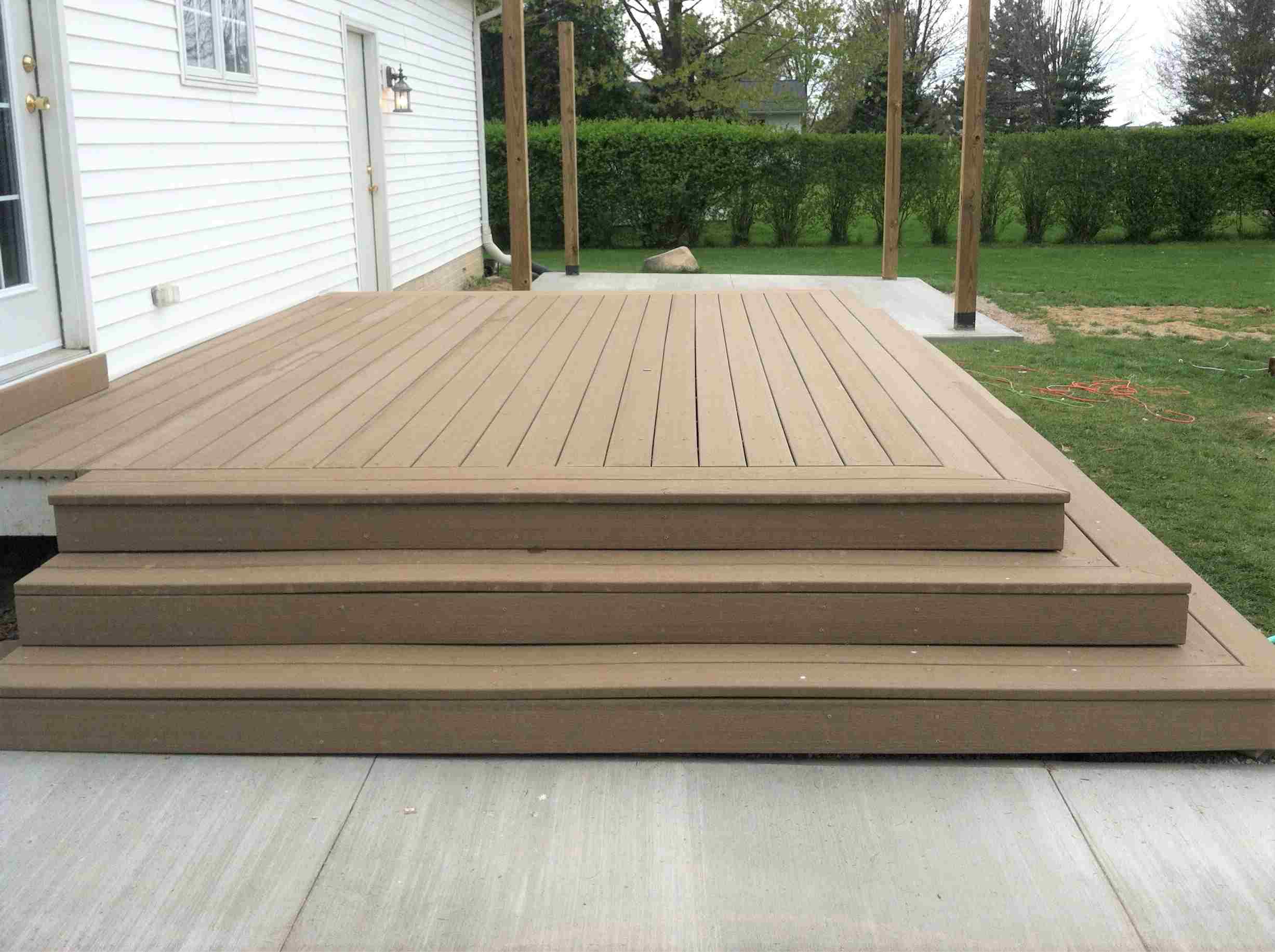

0 thoughts on “How To Build A Backyard Pool”